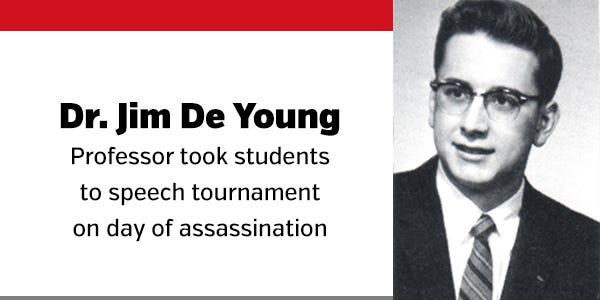Heavy, Heavy,
If you are looking for something light to read, Isabel Wilkerson's 2010's The Warmth of Other Suns is not one you are going to put on your short list. It is heavy in weight (some 500 pages) and in challenging content.. If you are white and feeling pretty good about how you managed to succeed in spite of challenging circumstances, it will also be a rather nasty wakeup call.
Should you decide to take up the challenge, you can start with the knowledge that writer Gay Talese called the book--“A seminal work of narrative non-fiction.” My start will be to note that I finished it on the same day that President Elect Biden announced his first cabinet picks. Among them was the appointment of a long time African American diplomat to be Ambassador to the United Nations. Her story along with the story of Vice President Elect Harris, could easily be included as examples of the slow but hopefully steady continuation of what has now been called the “Great Migration.” Wilkerson said her central purpose was to tell the story of this vast population shift and emphasized that it did not come from abroad but from within the country. From WWI all the way into the 1970’s several million African-Americans moved out of the Jim Crow South and into the rest of the country. Wilkerson also wanted to change the emphasis of past studies on this migration from demographic statistics, sociology, and politics to the more personal telling of the life stories of those who dared to make and survive the journey. And for me that is what makes the book readable as a narrative rather than an academic tome.
To do this she settled on three archetypal African Americans out of the many she interviewed. Then she distributed their stories in small snippets while filling the spaces in-between with the historical contexts they were living through. Readers will meet a flamboyant MD, Robert Joseph Pershing Foster, who drives alone in his Buick all the way to California from Louisiana to start a new life. They will meet George Swanson Starling, a bright young fruit picker just starting his education, who has to flee Jim Crow retribution for his activism and finds himself working for the rest of his life on a rail line that plies the coast from his native Florida to the Big Apple. And finally you will meet the lynchpin character, Ida Mae Brandon Gladney, a sharecropper’s long suffering wife, who travels with her husband and their two children (with another on the way) north on the Illinois Central to exchange their no win cycle of poverty and violence for a new life in the teeming tenements of Chicago’s south side.
Though each of these three suffered from the political, social, and economic reality of the racist Jim Crow South, each of them also faces the more subtle but equal racism in their new homes.
Ida Mae called up the most emotion in me as her struggles center in the very Midwest that I grew up in. Dr. Foster’s journey hooked me because he was flamboyant and theatrical. There was a familiarity there as well because on his drive to California he went through Lordsburg, NM, a town my wife and I have driven through on Interstate 10 every year for the past five years on our way to winter in Tucson. Foster’s experience in Lordsburg was heart wrenching as he searched futilely for a hotel or motel that would rent him a room, while our experience many years later has always been pleasurable as we passed through. George Starling was for me the most tragic because he was intelligent but ended up traveling back and forth between his new home and the place he left without ever managing to gain what he had started out wanting the most—a formal education.
All three of these brave folks, who dispersed to every part of our land, blend together to tell the indelible truth that white America has not made enough progress yet to rid itself of its systemic faults. The courage of these migrants to leave their birth homes, to survive in an entirely new environment, and yes to succeed there amidst a system that was designed to block their every attempt to rise, is ultimately a sign of hope for me. There must somehow be a way to find some light at the end of our tunnel of shame. .
Was the “Great Migration” worth it? Did the millions just trade one enslaved condition for another equally as bad? Wilkerson agrees that initially academic studies said that the migrations solved nothing and just transported the problems of the South to the North. But she then goes on to argue that those conclusions were in error. A modern re-study of the data shows her that the migrants were not just bringing the same unrest to their new homes. She claims that on balance the migrants were more educated than their northern competitors, that their families were more socially stable, and that they were more likely to earn better salaries because they were willing to work harder and longer even in less desirable jobs. In other words the migration moved the most able , the most dedicated, and the most resilient to the new lands where they didn’t necessarily prosper, but where they were at least able to recapture some dignity and wisdom that could be passed on to the next generations.
There is much more in this beautifully written and moving study, but I will leave it to you to find those for yourself.







